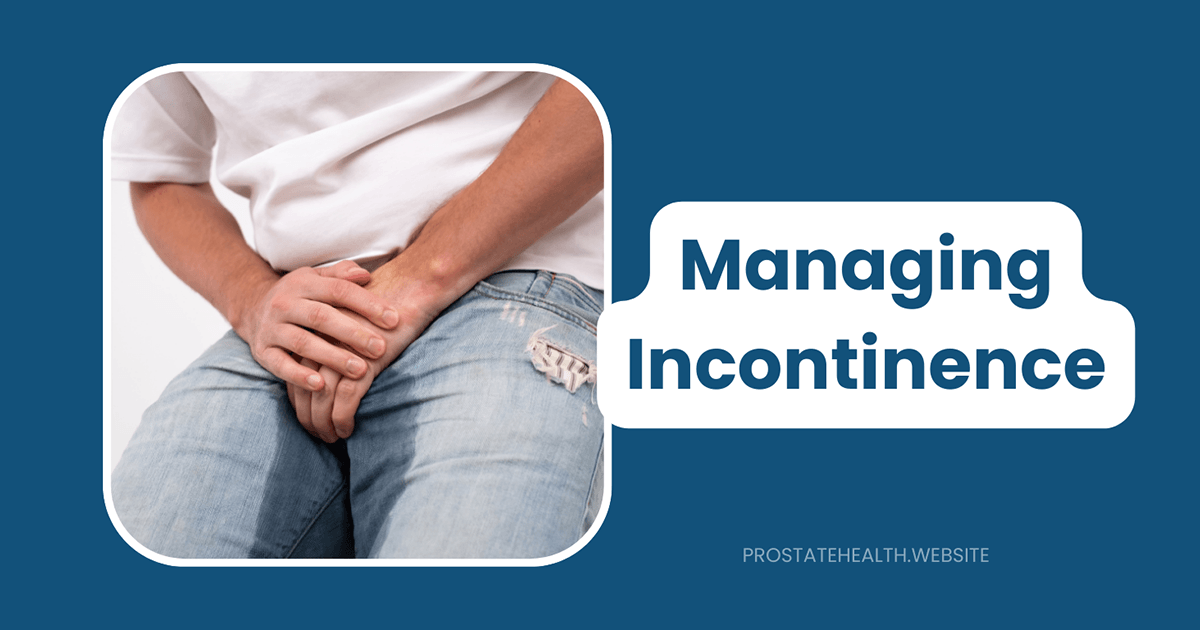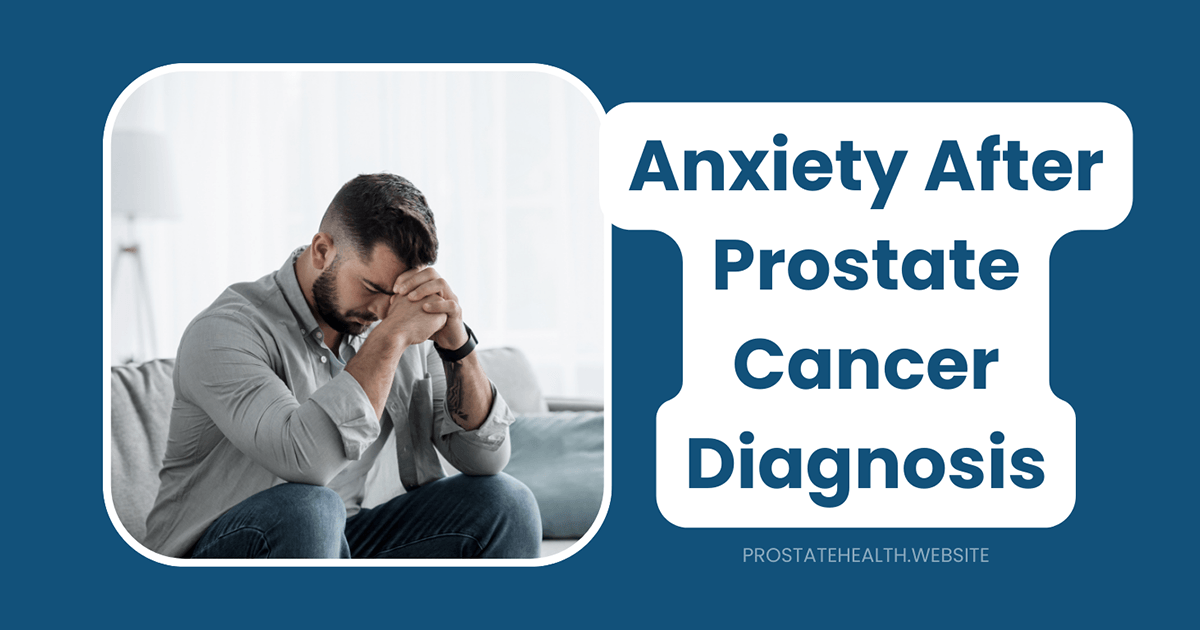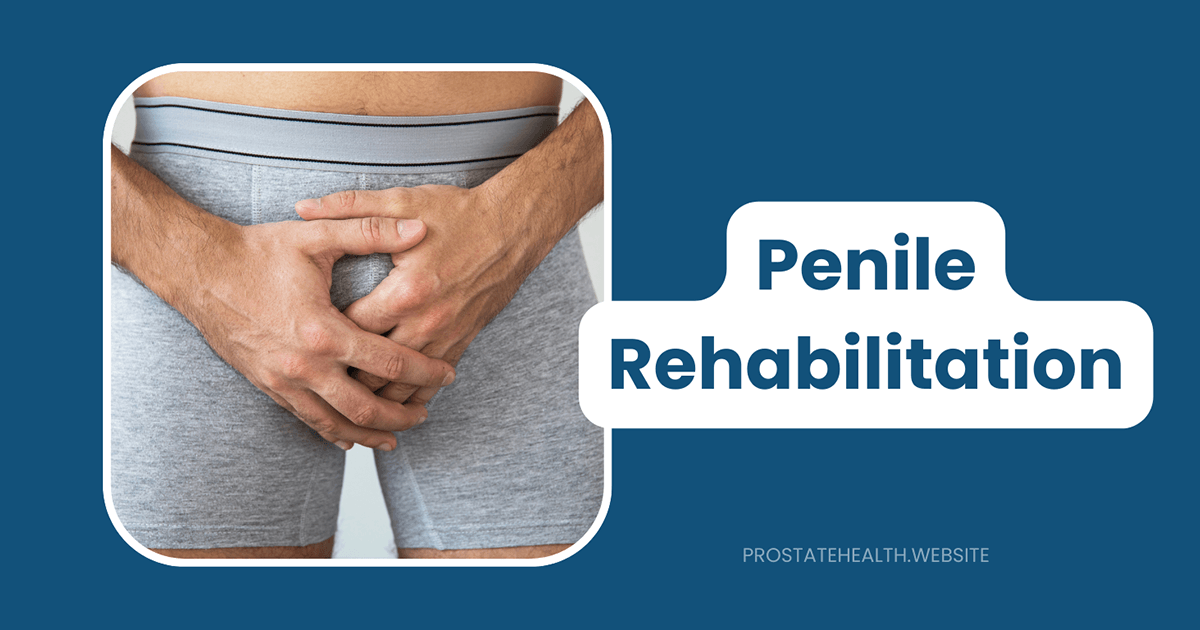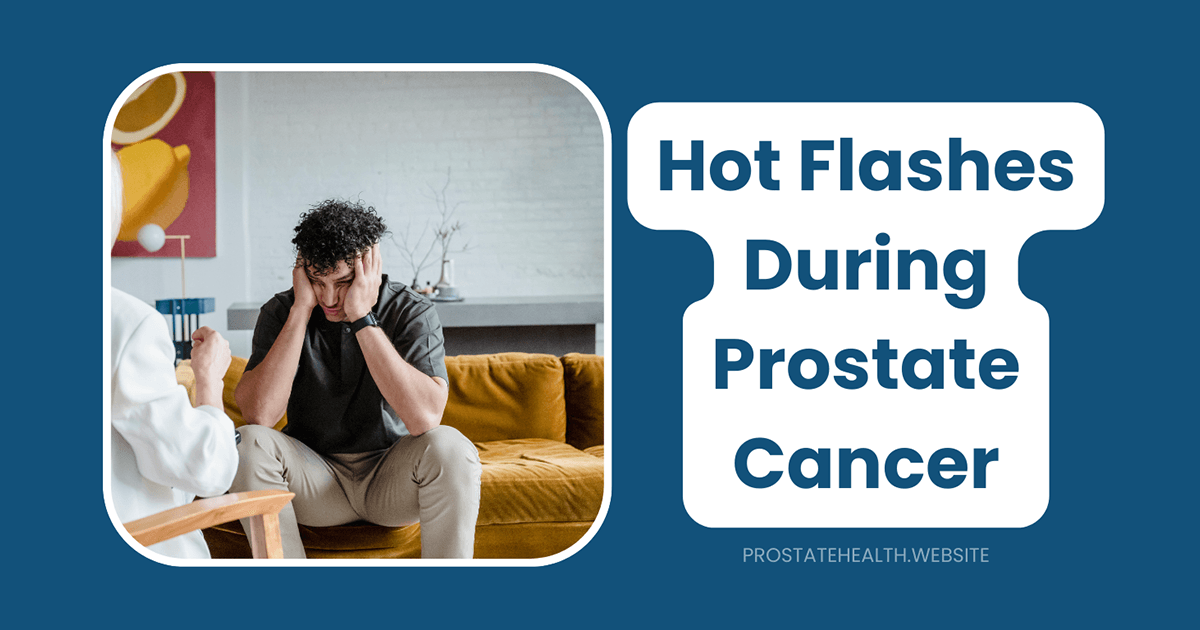Urinary Incontinence After Prostate Treatment: Products and Strategies

Let’s talk about something that many men face but few want to discuss: urinary incontinence after prostate treatment. If you’re dealing with this challenge, I want you to know two important things right away. First, you’re not alone—this affects between 14-25% of men after radical prostatectomy and 4-11% after radiation therapy. Second, there are effective solutions that can help you regain control and confidence.
As someone who’s worked with countless men navigating this journey, I’ve seen firsthand how the right combination of products and strategies can transform quality of life. This isn’t just about managing leakage—it’s about reclaiming your sense of normalcy and confidence.
Understanding Post-Treatment Incontinence
Before diving into solutions, it helps to understand what’s happening. After prostate treatment—whether surgery, radiation, cryotherapy, or HIFU (High-Intensity Focused Ultrasound)—the structures that control urination can be affected.
There are primarily two types of incontinence you might experience:
- Stress incontinence: Leakage during physical activities that put pressure on your bladder (coughing, laughing, lifting, exercise)
- Urge incontinence: Sudden, intense need to urinate with little warning
The good news? For most men, incontinence is temporary. According to the American Urological Association, about 94% of men achieve continence by 12 months after surgery, with most seeing maximum improvement within 6 months.
Effective Products for Managing Incontinence
Absorbent Products
These are typically your first line of defense, especially in the early recovery period:
Guards and Shields
- Best for: Light to moderate leakage
- How they work: These contoured pads are designed specifically for male anatomy and fit inside regular underwear
- Top options:
- NorthShore DoubleStop Male Guards feature a dual-core design for optimal absorption
- Depend Guards for Men offer discreet protection with odor control
- Tena Men Guards provide various absorbency levels for different needs
Pro tip: Wear these with snug-fitting briefs or boxer briefs, not loose boxers, to keep them securely in place.
Absorbent Underwear
- Best for: Moderate to heavy leakage
- How they work: Look and feel similar to regular underwear but with built-in absorbent material
- Top options:
- Depend Real Fit resembles regular boxer briefs
- NorthShore GoSupreme holds up to 38 ounces of liquid
- Because Premium Maximum Plus offers excellent daytime comfort
Mark, a 63-year-old patient who underwent radical prostatectomy, shared: “I started with the maximum absorbency products right after surgery, then gradually moved to lighter options as I improved. Having the right product for each stage made all the difference in my confidence to return to normal activities.”
Reusable Options
For those concerned about environmental impact or looking for long-term solutions:
- Washable incontinence underwear: Brands like Confitex offer reusable options that look and feel like regular underwear
- Bed pads: Washable, waterproof pads to protect bedding
External Devices
For men with more significant or longer-term incontinence:
- Penile clamps: Apply gentle pressure to prevent leakage (should only be used as directed by a healthcare provider)
- External catheters: Non-invasive sheaths that connect to a leg bag
- Male slings: Surgical options for persistent incontinence
Effective Strategies for Regaining Control
Pelvic Floor Muscle Training (PFMT)
This is arguably the most important strategy for recovery:
- Identify the right muscles: These are the same muscles you use to stop urination midstream
- Basic Kegel technique:
- Tighten these muscles for 5 seconds
- Relax for 5 seconds
- Repeat 10-20 times, at least 3 times daily
- Advanced techniques: Work with a pelvic floor physical therapist for personalized exercises
According to a 2025 study in the Journal of Urology, men who began pelvic floor exercises before surgery and continued afterward regained continence an average of 6 weeks sooner than those who didn’t.
Dr. James Wilson, urologist at Mount Sinai, notes: “I’ve seen remarkable differences in recovery time between patients who commit to regular pelvic floor exercises and those who don’t. It’s the single most effective non-surgical intervention we have.”
Bladder Training Techniques
These strategies help you regain control over your bladder function:
- Timed voiding: Urinate on a schedule (every 2-3 hours) rather than waiting for the urge
- Delayed voiding: Gradually increase the time between bathroom trips
- Double voiding: Urinate, wait a moment, then try again to ensure complete emptying
- Fluid management: Maintain proper hydration but limit fluids 2-3 hours before bedtime
Lifestyle Modifications
Small changes can make a big difference:
- Weight management: Extra weight puts pressure on your bladder
- Diet adjustments: Limit bladder irritants like caffeine, alcohol, spicy foods, and artificial sweeteners
- Constipation prevention: High-fiber diet and regular exercise help prevent constipation, which can worsen incontinence
- Smoking cessation: Smoking can cause coughing that triggers leakage and can irritate the bladder
Psychological Support
The emotional impact of incontinence shouldn’t be underestimated:
- Support groups: Connect with others who understand at Us TOO International or Prostate Cancer Foundation
- Mental health professionals: Consider speaking with someone who specializes in health-related challenges
- Open communication: Discuss your concerns with your partner and healthcare team
When to Consider Medical Interventions
If conservative measures aren’t providing adequate relief after 6-12 months, several medical options exist:
Medications
- For urge incontinence: Anticholinergics or beta-3 agonists can help reduce bladder overactivity
- For stress incontinence: Unfortunately, medications are less effective, but your doctor may recommend options based on your specific situation
Surgical Options
- Male sling procedure: Creates support under the urethra to prevent leakage during physical activity
- Artificial urinary sphincter (AUS): An implanted device that gives you control over urination
- ProACT balloons: Adjustable balloons placed near the bladder neck to provide pressure on the urethra
According to the Cleveland Clinic, these surgical interventions have success rates between 70-90% for appropriate candidates.
Creating Your Personal Management Plan
The most effective approach combines multiple strategies tailored to your specific situation:
- Immediate post-treatment phase (0-3 months):
- Use higher-absorbency products
- Begin pelvic floor exercises
- Implement timed voiding
- Manage fluid intake
- Recovery phase (3-12 months):
- Transition to lower-absorbency products as control improves
- Continue and advance pelvic floor exercises
- Implement bladder training techniques
- Address any lifestyle factors
- Long-term management (if needed beyond 12 months):
- Consult with your urologist about additional interventions
- Consider specialized products for long-term use
- Maintain pelvic floor strength
The Road to Recovery: A Patient’s Perspective
Tom, a 59-year-old engineer who underwent radical prostatectomy in 2024, shares his journey:
“The incontinence was honestly more challenging than I expected. At first, I was changing pads constantly and afraid to leave the house. Working with my healthcare team, I developed a system—absorbent guards during the day, more protective underwear at night, and religious dedication to my pelvic floor exercises.
By month three, I was down to just a light guard during exercise. By month six, I rarely needed anything at all. The key was being patient with myself and following the program consistently. Today, I’m back to all my normal activities—even tennis and hiking—without worry.”
The Bottom Line
Urinary incontinence after prostate treatment is common, but it doesn’t have to define your life. With the right combination of products and strategies, most men see significant improvement or complete resolution.
Remember that recovery is a journey, not an event. Be patient with yourself, celebrate small improvements, and don’t hesitate to seek help when needed. Your healthcare team is there to support you every step of the way.
Have you found particular products or strategies helpful in your recovery journey? Share your experiences in the comments below.






